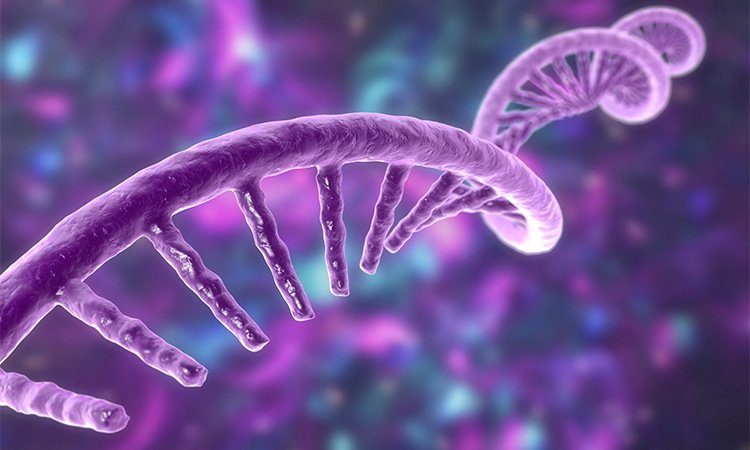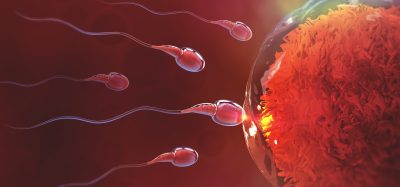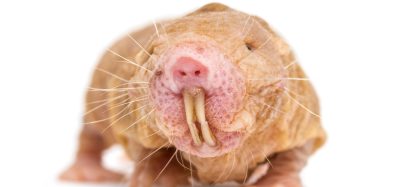Developing an mRNA therapy for Duchenne muscular dystrophy
Posted: 21 March 2024 | Aki Ko (Elixirgen Therapeutics), Ellen Capon (Drug Target Review) | No comments yet
In this Q&A, Aki Ko, CEO and co-founder of Elixirgen Therapeutics, elucidates how their new mRNA technology could potentially restore muscle function in those suffering from Duchenne muscular dystrophy.


How does the mechanism of action of Bobcat mRNATM differ from traditional exon-skipping drugs and AAV-microdystrophin in treating Duchenne muscular dystrophy?
Bobcat mRNATM is a proprietary linear mRNA technology designed for the highly efficient and cost-effective production of high-quality mRNA encoding large proteins (over 13 kb). It is delivered via a lipid nanoparticle (LNP). Elixirgen Therapeutics is first exploring the use of Bobcat mRNATM with dystrophin, the largest known human gene. Dystrophin is mutated in Duchenne muscular dystrophy (DMD), a rare disease that causes progressive muscle weakness and atrophy.
There are a few approved therapies for DMD including four exon-skipping drugs and one AAV-microdystrophin drug, which uses a shortened version of dystrophin. It has been shown in the literature that using the full-length dystrophin protein would potentially exhibit a longer half-life in muscle (references below). This may lead to a more robust restoration of muscle function.
Could you elaborate on the safety profile observed in the study regarding the administration and treatment with Bobcat mRNA-DMD and how it compares to current therapeutic approaches for Duchenne muscular dystrophy?
In our preclinical animal study, we did not observe any safety issues associated with Bobcat mRNA-DMD injection. We plan to conduct additional safety studies as the programme progresses.
Biomarkers are redefining how precision therapies are discovered, validated and delivered.
This exclusive expert-led report reveals how leading teams are using biomarker science to drive faster insights, cleaner data and more targeted treatments – from discovery to diagnostics.
Inside the report:
- How leading organisations are reshaping strategy with biomarker-led approaches
- Better tools for real-time decision-making – turning complex data into faster insights
- Global standardisation and assay sensitivity – what it takes to scale across networks
Discover how biomarker science is addressing the biggest hurdles in drug discovery, translational research and precision medicine – access your free copy today
In terms of how the safety of Bobcat mRNATM compares to other approaches, there are a few important points to note. Because mRNA is not a virus, it doesn’t have to meet biosafety requirements for manufacturing and administration that an AAV approach would need. Of note, mRNA is redosable as opposed to AAV. AAV-based therapies often can’t be dosed more than once due to concerns about an immune response.
Additionally, the COVID-19 RNA vaccines have already demonstrated how safe RNA can be, and we look forward to seeing additional safety data on RNA approaches as the field continues to grow.
Can you explain the significance of achieving production and proper localisation of human dystrophin protein in skeletal muscles?
We have shown the production and proper localisation of a human dystrophin protein in skeletal muscles by administering the Bobcat mRNA-DMD into mouse skeletal muscles. Sufficient and proper localisation is critical for newly produced dystrophin protein to function.
Bobcat mRNA TM is delivered via an LNP, which serves as a protective vehicle for the RNA so that it doesn’t get degraded before translation into the protein.
What evidence supports the claim of functional recovery of muscle strength in D2.mdx mutant mice treated with mRNA-DMD?
We successfully showed functional recovery of muscle strength in D2.mdx mutant mice (a mouse model for DMD) by using a grip strength test. Weekly doses of mRNA-DMD to the forearm muscles were able to restore the peak muscle strength of the forearm to the level of wild-type DBA/2 mice. We also showed that a single injection of mRNA-DMD to the forearm muscles can recover muscle strength in D2.mdx mutant mice. These studies suggest the possibility of delivering an mRNA encoding a full-length dystrophin for local and ultimately systemic muscle therapy. Both local and systemic full-length dystrophin approaches could be potentially meaningful therapies for ambulatory and non-ambulatory DMD patients.
Could you tell us the potential advantages of using mRNA encoding a full-length human dystrophin protein over existing dystrophin replacement approaches in terms of muscle function restoration and longevity of effect?
Current approaches, including exon-skipping drugs and AAV-microdystrophin, have been groundbreaking for the patient community. However, there remains a significant need to develop therapeutics that can provide more effective prevention or treatment of these debilitating symptoms.
DMD is a disease that is caused by issues with one protein—dystrophin—so theoretically if a therapy can restore the full protein, there should be a restoration of proper function. Full-length dystrophin is also thought to be more stable with a longer half-life vs the shortened version (references below). Of note, exon-skipping can only target a small percentage of the patient community. A therapy using the full-length version would be able to be used by anyone no matter which exact mutation they have.
Ultimately, it is our hope that the Bobcat mRNATM full-length dystrophin approach may be complementary to others currently approved or in development or may even be able to be used as a monotherapy.
References
Ahmad A, Brinson M, Hodges BL, Chamberlain JS, Amalfitano A. Mdx mice inducibly expressing dystrophin provide insights into the potential of gene therapy for Duchenne muscular dystrophy. Human molecular genetics. 2000 Oct 12;9(17):2507-15.
Bez Batti Angulski A, Bauer J, Cohen H, Kobuke K, Campbell KP, Metzger JM. Investigations of an inducible intact dystrophin gene excision system in cardiac and skeletal muscle in vivo. Scientific reports. 2020 Jul 3;10(1):10967.
Ghahramani Seno MM, Graham IR, Athanasopoulos T, Trollet C, Pohlschmidt M, Crompton MR, Dickson G. RNAi-mediated knockdown of dystrophin expression in adult mice does not lead to overt muscular dystrophy pathology. Human molecular genetics. 2008 Sep 1;17(17):2622-32.
Verhaart IE, Van Vliet-van Den Dool L, Sipkens JA, De Kimpe SJ, Kolfschoten IG, Van Deutekom JC, Liefaard L, Ridings JE, Hood SR, Aartsma-Rus A. The dynamics of compound, transcript, and protein effects after treatment with 2OMePS antisense oligonucleotides in mdx mice. Molecular Therapy-Nucleic Acids. 2014 Jan 1;3.
Wu B, Lu P, Cloer C, Shaban M, Grewal S, Milazi S, Shah SN, Moulton HM, Lu QL. Long-term rescue of dystrophin expression and improvement in muscle pathology and function in dystrophic mdx mice by peptide-conjugated morpholino. The American journal of pathology. 2012 Aug 1;181(2):392-400.
About the author
Aki Ko, Chief Executive Officer & Co-Founder, Board Chairman, Elixirgen Therapeutics


Previously, Mr. Ko served as Chief Operating Officer for Elixirgen, LLC, the parent company of Elixirgen Therapeutics, and President of Elixirgen Scientific, LLC, a provider of stem cell reagent kits and related services. In his previous roles, Mr Ko was responsible for operations and business development at Elixirgen, LLC and Elixirgen Scientific. Mr Ko earned a Bachelor of Science degree from the University of Virginia, where he cultivated his interest in biology.
Related topics
DNA, Drug Development, Drug Targets, In Vivo, Therapeutics
Related conditions
Duchenne muscular dystrophy (DMD)
Related organisations
Elixirgen Therapeutics
Related people
Aki Ko (Elixirgen Therapeutics)








